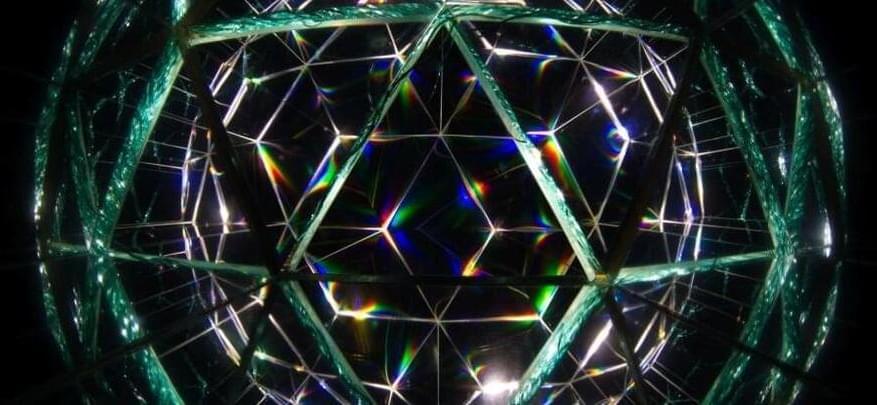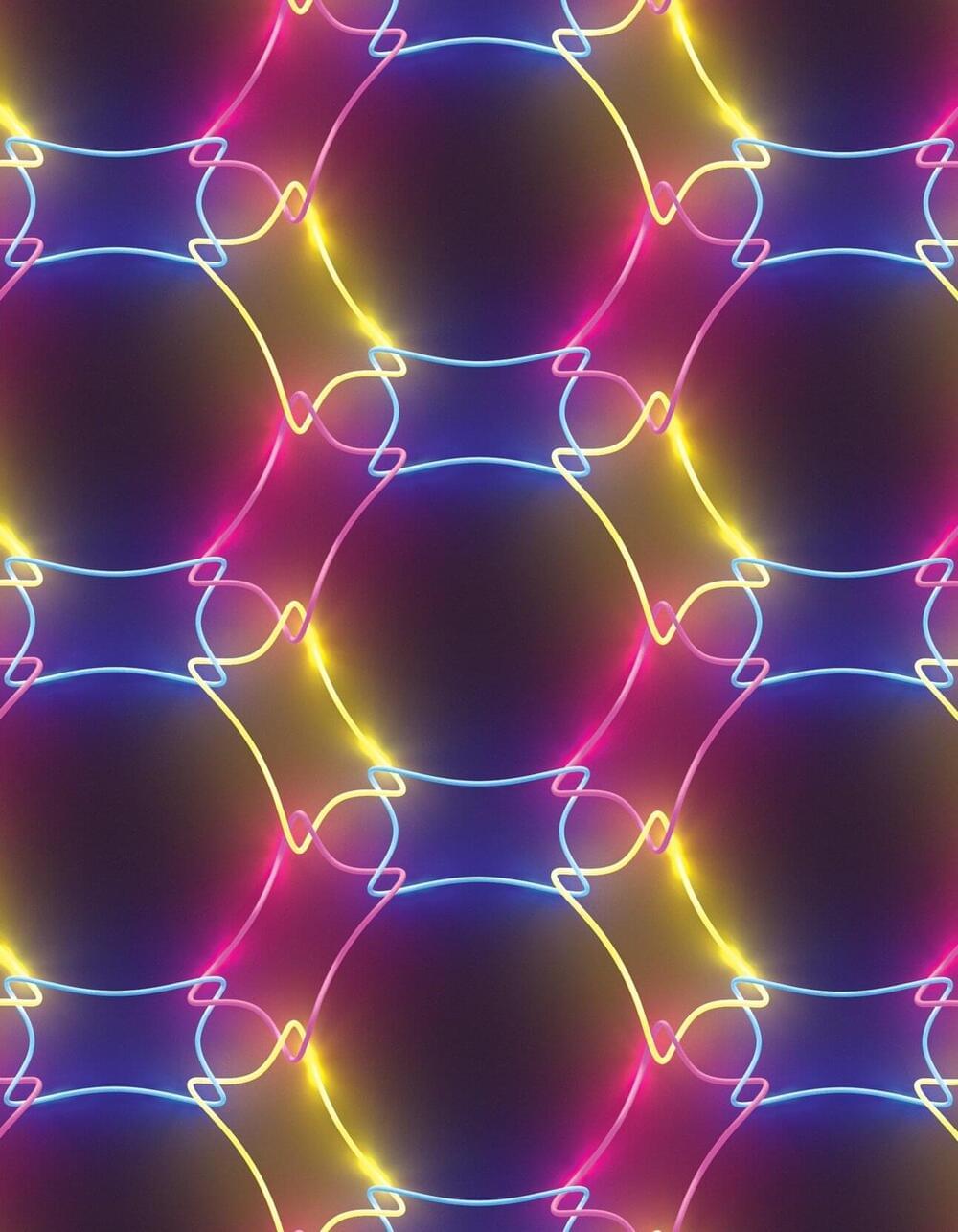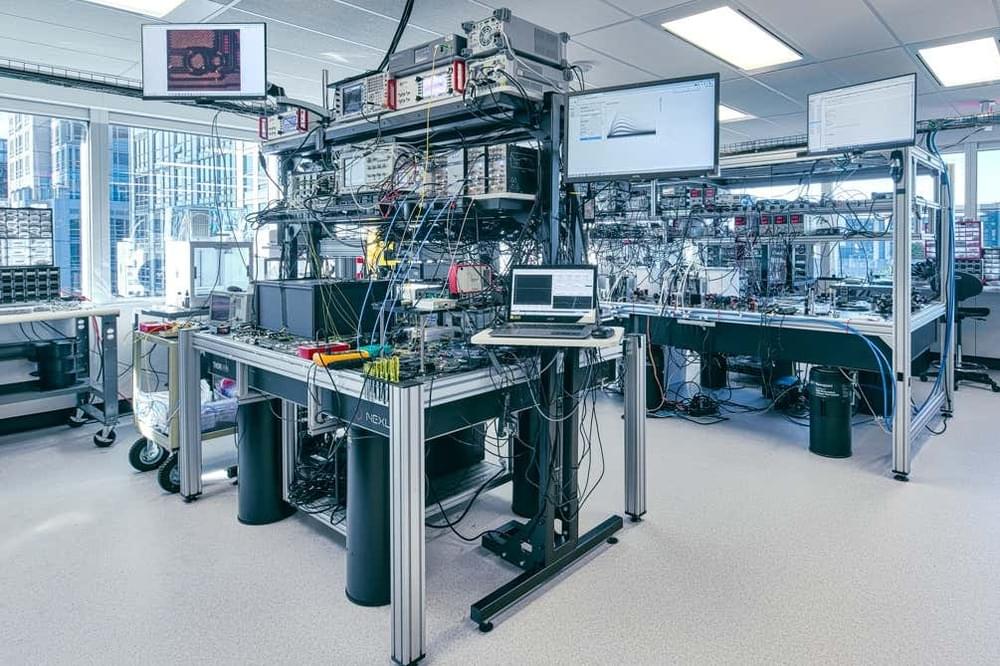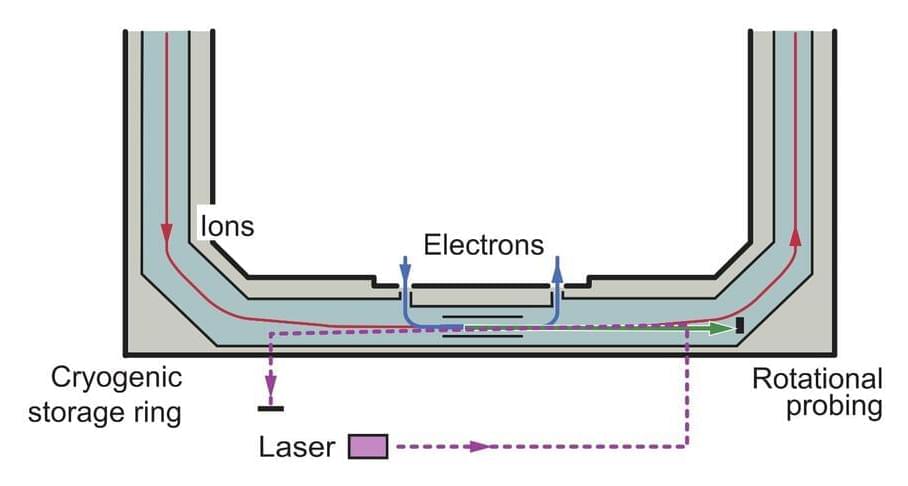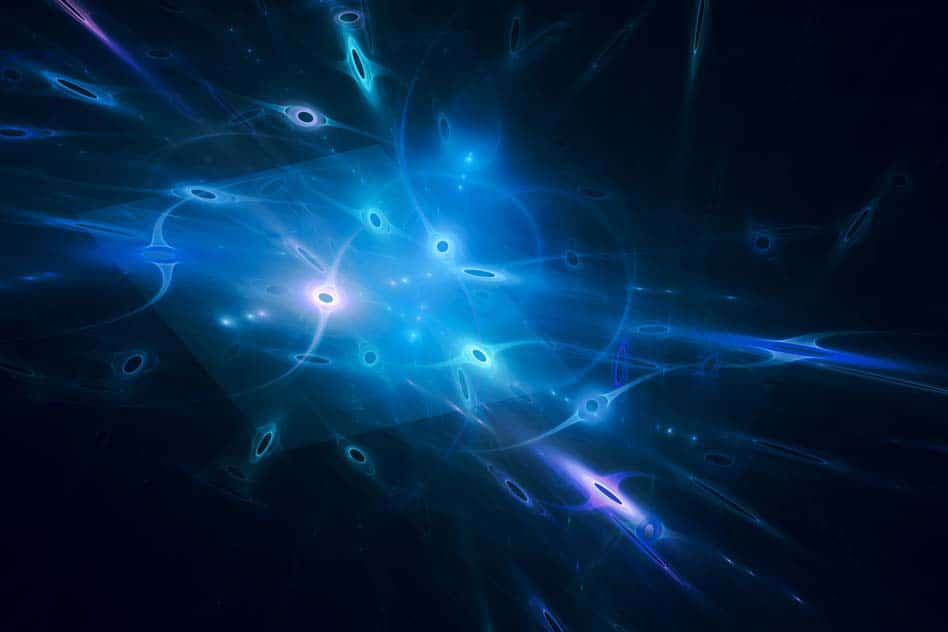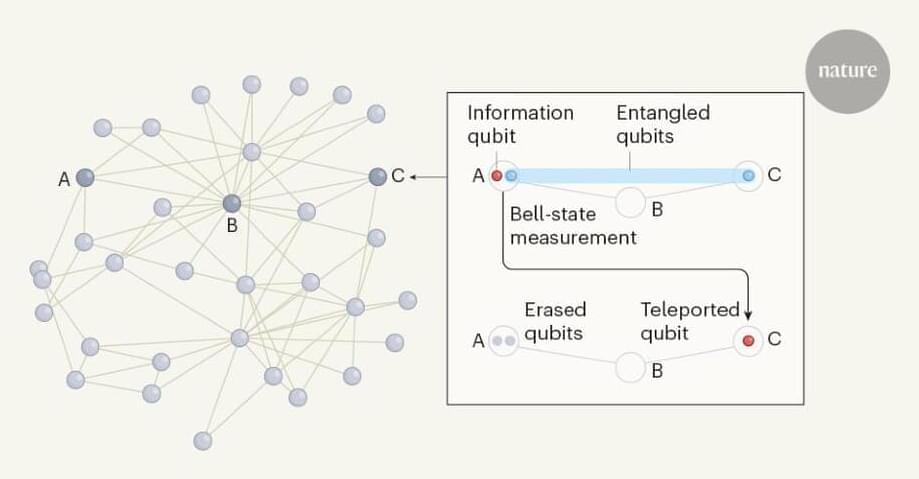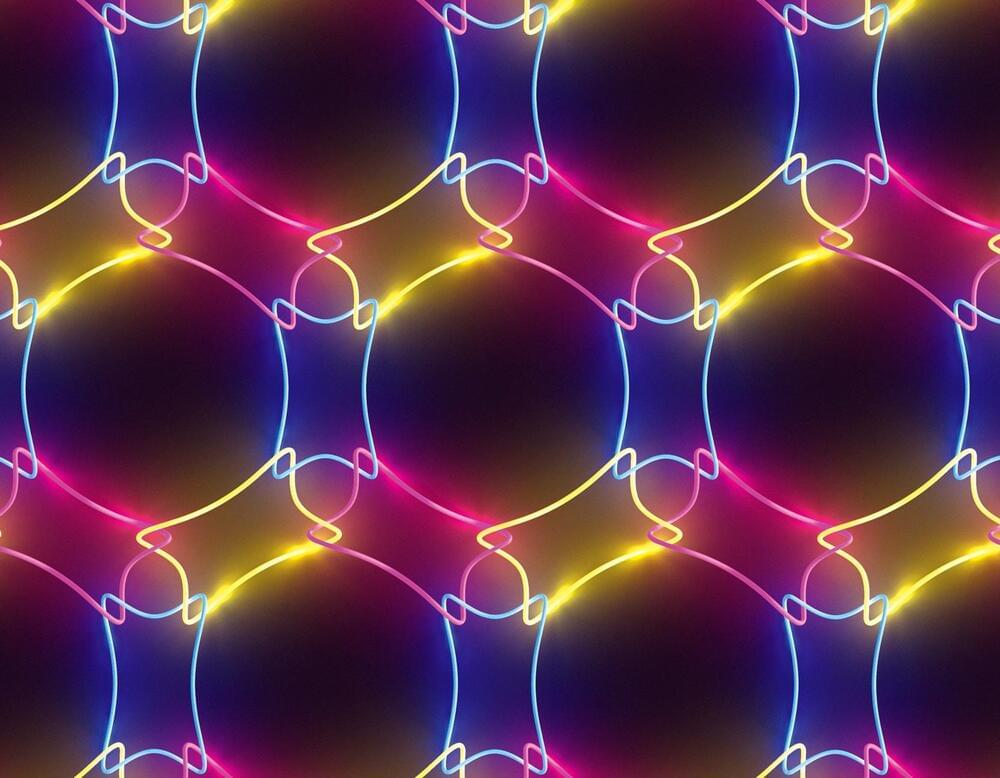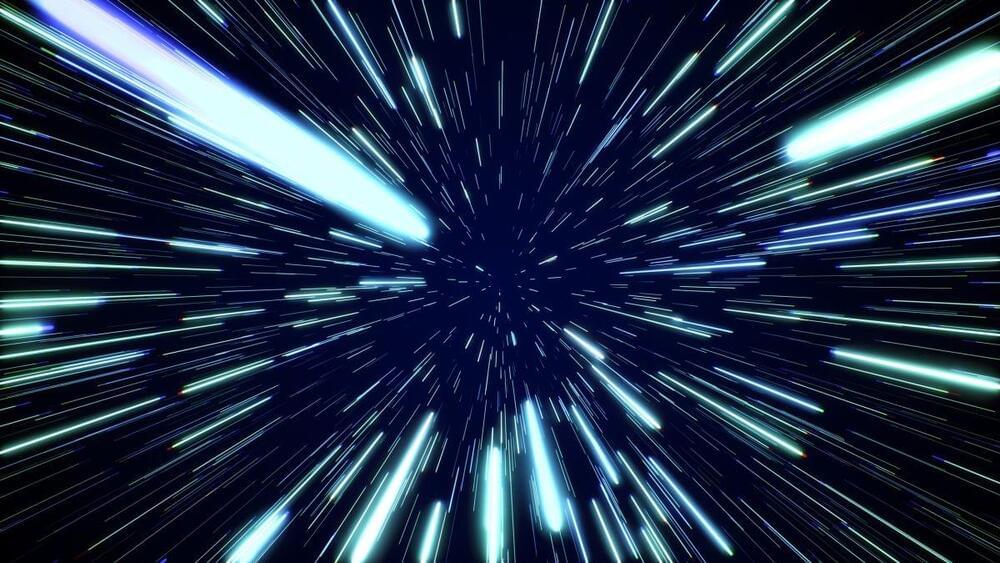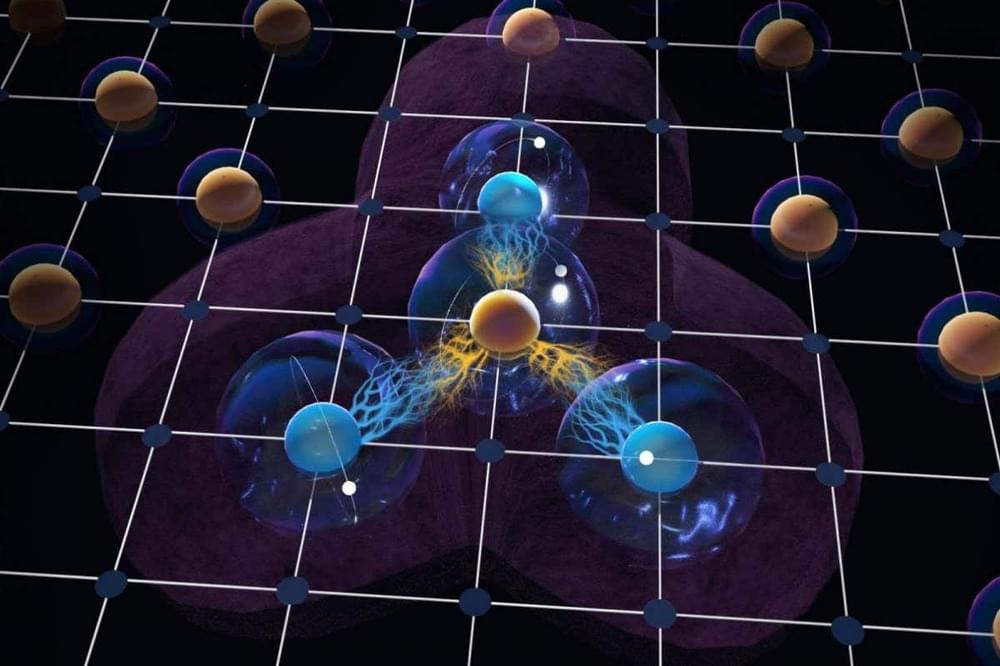Physicists have just taken an amazing step towards quantum devices that sound like something out of science fiction.
For the first time, isolated groups of particles behaving like bizarre states of matter known as time crystals have been linked into a single, evolving system that could be incredibly useful in quantum computing.
Following the first observation of the interaction between two time crystals, detailed in a paper two years ago, this is the next step towards potentially harnessing time crystals for practical purposes, such as quantum information processing.
